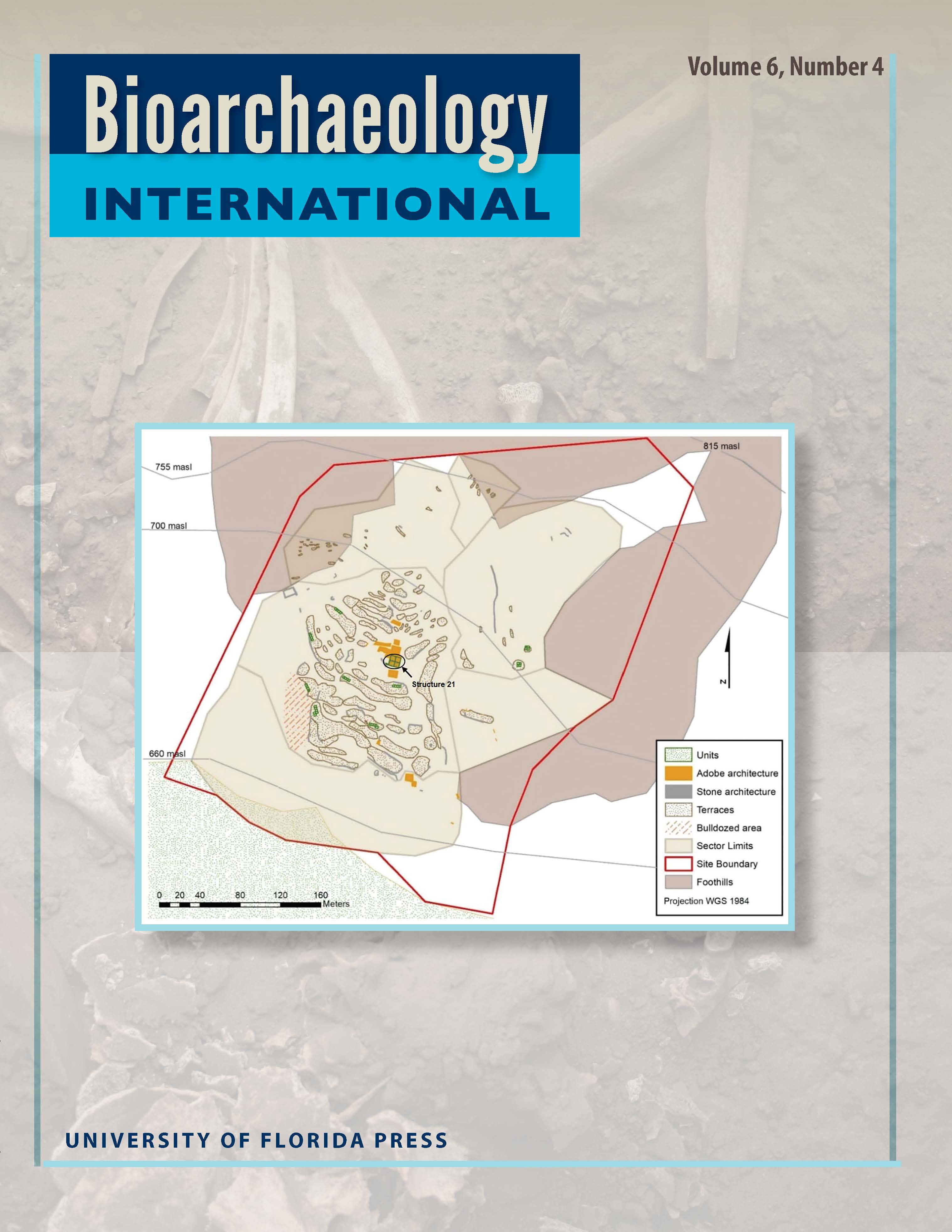Urban Beings A Bioarchaeological Approach to Socioeconomic Status, Cribra Orbitalia, Porotic Hyperostosis, Linear Enamel Hypoplasia, and Sinusitis in the Early-Modern Northern Low Countries (A.D. 1626–1850)
Main Article Content
Abstract
Starting from the twelfth century, the Netherlands experienced substantial socioeconomic change. Several towns expanded in terms of size and industrial production, making the gap between rich and poor even greater. Access to certain resources (e.g., food, living spaces, etc.) became largely dependent on socioeconomic status, with the rich being able to afford an overall better lifestyle than the poor. The aim of this study was to determine whether these contrasting urban life experiences impacted the health of citizens. To test our hypothesis that poorer citizens would be more severely challenged by the urban environment than richer ones, we assessed the presence of non-specific stress markers (i.e., cribra orbitalia, porotic hyperostosis, linear enamel hypoplasia) and chronic maxillary sinusitis in four urban populations, representative of different socioeconomic statuses. Analysis of skeletal remains revealed statistically significant differences in the prevalence of cribra orbitalia between different socioeconomic groups. Furthermore, it highlighted significant differences in the prevalence of porotic hyperostosis, linear enamel hypoplasia, and sinusitis between the low and middle-low socioeconomic classes. These results reflected the complicated relationship between socioeconomic status and sources of physiological stress. Living in the city led people to experience very different lives, albeit similar health challenges. Factors such as working conditions, food availability, and cultural practices likely had an important role in shaping the health of Dutch citizens. As our findings have significant implications for understanding the complex reality of the urbanization phenomenon, more research into the prevalence of the non-specific stress markers in relation to socioeconomic status is warranted.
Vanaf de 12e eeuw maakte Nederland grote sociaaleconomische veranderingen door. Verschillende steden groeiden in omvang en de industriële productie nam toe, waardoor de kloof tussen arm en rijk nog groter werd. Toegang tot bepaalde hulpbronnen (bijvoorbeeld voedsel, woonruimte, enz.) werd grotendeels afhankelijk van de sociaaleconomische status, waarbij de rijken zich veelal een betere levensstijl konden veroorloven dan de armen. Het doel van deze studie was om te bepalen of deze contrasterende ervaringen van het stadsleven de gezondheid van burgers hebben beïnvloedt. Om onze hypothese te testen dat armere burgers meer gezondheidsproblemen dan rijkere ondervonden, hebben we de aanwezigheid van niet-specifieke stressmarkers (d.w.z. cribra orbitalia, porotic hyperostosis, lineaire glazuurhypoplasie) en chronische maxillaire sinusitis in vier stedelijke bevolkingsgroepen, representatief voor verschillende sociaaleconomische statussen, onderzocht. De analyse van skeletresten liet statistisch significante verschillen zien in het voorkomen van cribra orbitalia tussen verschillende sociaaleconomische groepen. Bovendien werden er ook significante verschillen in het voorkomen van porotic hyperostosis, lineaire glazuurhypoplasie en sinusitis tussen de lage en middellage sociaaleconomische klassen waargenomen. Deze resultaten weerspiegelden de complexe relatie tussen sociaaleconomische status en gezondheid. Hoewel het leven in de stad duidelijk verschillend was haar diverse inwoners, hebben zij vergelijkbare gezondheidsproblemen ervaren. Factoren zoals arbeidsomstandigheden, beschikbaarheid van voedsel en culturele praktijken hebben waarschijnlijk een belangrijke rol gespeeld bij het vormgeven van de gezondheid van Nederlandse burgers. Aangezien onze bevindingen significante implicaties hebben voor het begrijpen van de complexe realiteit van het verstedelijkingsfenomeen, is meer onderzoek naar het voorkomen van de niet-specifieke stressmarkers in relatie tot sociaaleconomische status gerechtvaardigd.

